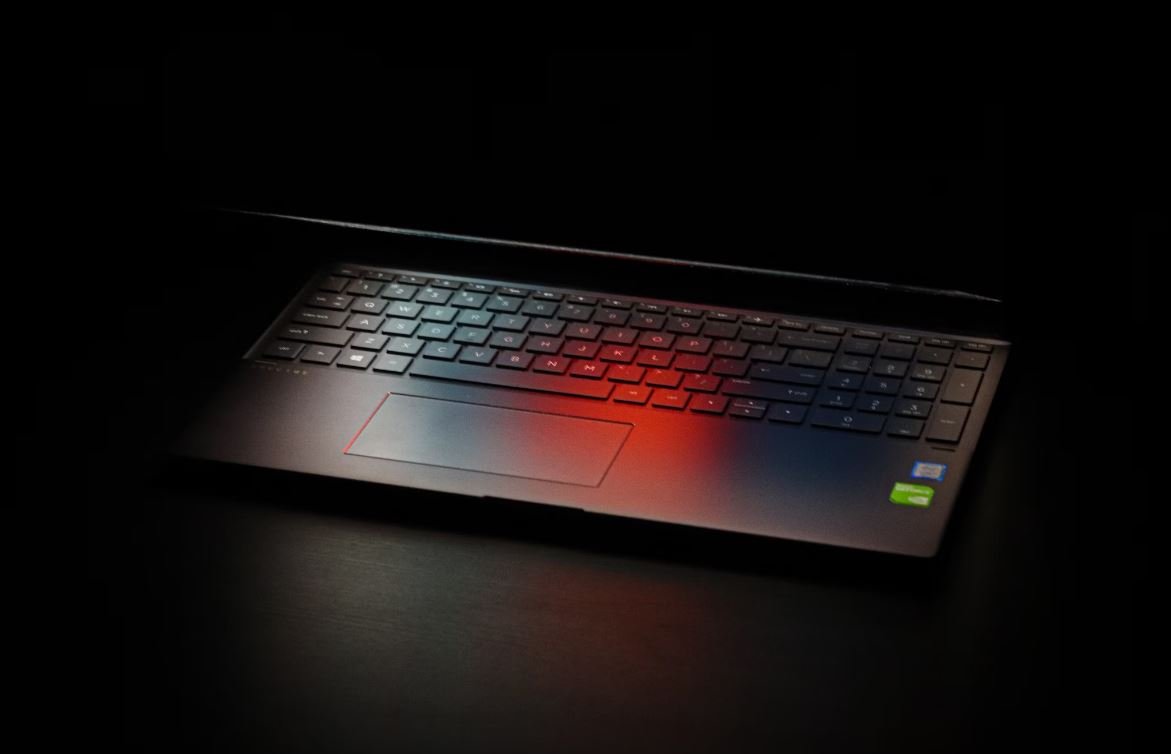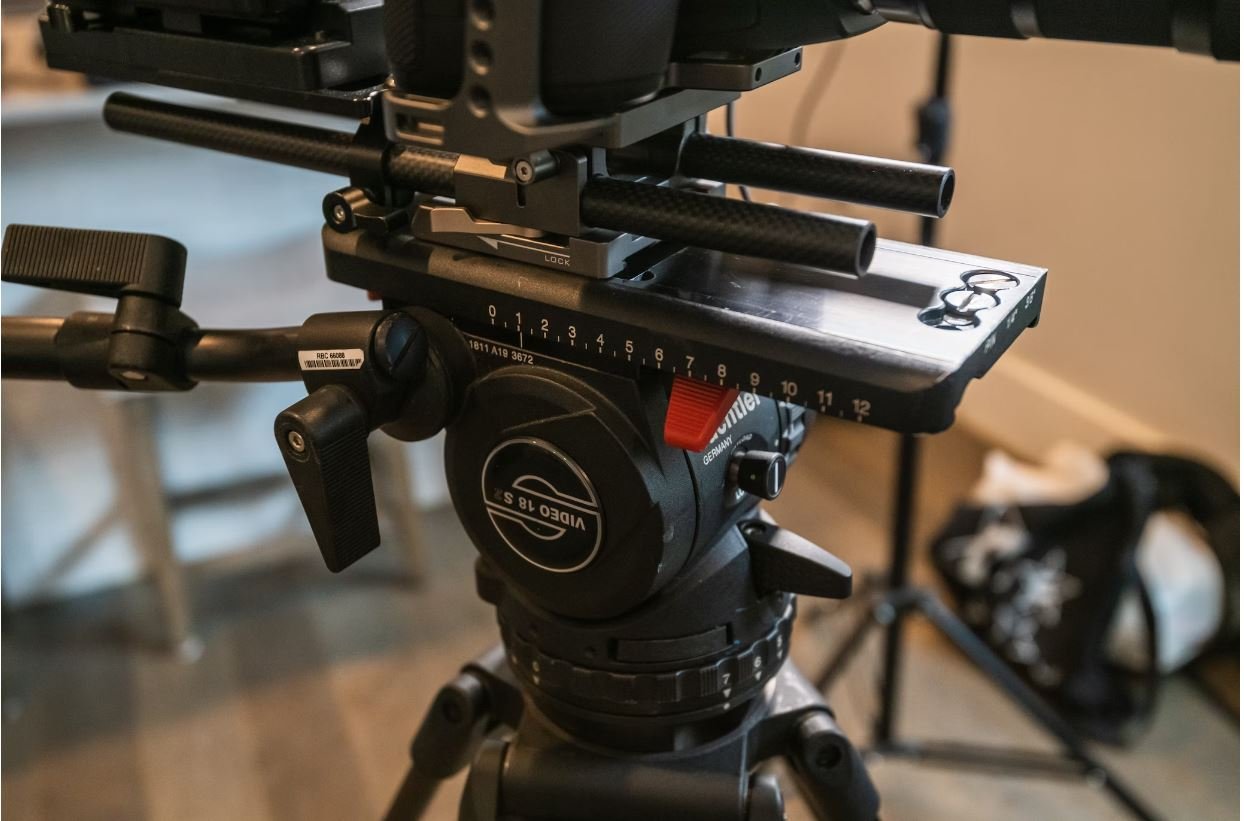OpenAI MuseNet
OpenAI MuseNet is a state-of-the-art music generation system developed by OpenAI, aiming to provide endless inspiration to musicians, artists, and enthusiasts.
Key Takeaways
- OpenAI MuseNet is a cutting-edge music generation system.
- It offers users a wide range of musical styles and genres to explore and experiment with.
- MuseNet can seamlessly generate original compositions with multiple instruments.
- Users can interactively guide the AI to produce music according to specific preferences.
- The system has great potential for assisting composers, enhancing music education, and inspiring creativity.
With MuseNet, OpenAI brings together deep learning and music to create a tool that pushes the boundaries of what is possible in music composition. This AI-powered system is designed to empower musicians and artists by providing them with a vast repertoire of musical ideas and new compositions. Whether you are looking to generate new melodies, harmonies, or instrument arrangements, MuseNet can assist in your creative journey.
Utilizing deep neural networks and advanced algorithms, MuseNet is capable of generating original compositions in a variety of music styles and genres with high fidelity. From classical symphonies to jazz improvisations, MuseNet can emulate the styles of various composers and seamlessly generate novel pieces of music. The system can handle music compositions containing multiple instruments and even generate accompaniment tracks.
AI-Guided Musical Creation
One of the remarkable features of MuseNet is its ability to be interactively guided by users to produce music targeted to specific preferences. Users can input a sequence of notes, melodies, or even a specific style they want their music to resemble. MuseNet will take these inputs and generate a full piece of music that adheres to the given guidelines, enabling collaboration between humans and AI.
Applications in Composition and Education
OpenAI MuseNet has great potential for various applications within the music domain. Whether you are a composer looking to find inspiration or a music educator searching for tools to assist students, MuseNet can be an invaluable resource. It can generate music for specific instruments, provide varied harmonic progressions, and produce scores in different formats, empowering composers and music teachers to experiment with different musical ideas and styles.
Table: Overview of MuseNet Features
| Feature | Description |
|---|---|
| Wide Music Genre Coverage | MuseNet covers a vast array of music genres, including classical, jazz, rock, and more. |
| Advanced Style Emulation | The AI can emulate the styles of famous composers and musicians to create authentic compositions. |
| Interactive Guidance | Users can interactively guide the AI to generate music based on specific preferences and inputs. |
| Support for Multiple Instruments | MuseNet can generate music compositions with various instrument arrangements and accompaniment tracks. |
Enhancing Creativity and Inspiring Innovation
OpenAI MuseNet is not just a tool for musicians and composers but also an inspiring platform that encourages creativity and innovation. By providing a vast library of musical ideas, MuseNet pushes the boundaries of what can be achieved with AI in the realm of music. It empowers artists to break free from creative limitations and fosters exploration and experimentation in music composition.
Table: Benefits of MuseNet
| Benefit | Description |
|---|---|
| Endless Inspiration | MuseNet’s vast music generation abilities provide musicians with endless inspiration for new compositions. |
| Collaborative Potential | The interactive nature of MuseNet allows for collaboration between human artists and AI, enhancing creative processes. |
| Exploration and Experimentation | Musicians can explore new music genres, experiment with various styles, and discover unique musical arrangements. |
In summary, OpenAI MuseNet is an innovative music generation system that offers musicians and artists a wealth of possibilities. With its wide genre coverage, AI-guided composition, and support for multiple instruments, it provides endless inspiration and opens up new horizons in music creation. Whether you are a composer, music educator, or someone who simply loves music, MuseNet will be an invaluable tool in your creative journey.

Common Misconceptions
Misconception 1: OpenAI MuseNet can replace musicians
One common misconception surrounding OpenAI MuseNet is that it can entirely replace human musicians. While MuseNet is capable of generating complex musical compositions, it is still limited by the data it has been trained on and lacks the ability to capture the nuances, emotions, and improvisation that skilled musicians can provide.
- OpenAI MuseNet is a tool to aid musicians, not to replace them.
- Human musicians bring their creativity and personal touch to compositions, which AI cannot replicate.
- MuseNet can be used as a source of inspiration and a starting point for musicians to build upon.
Misconception 2: MuseNet always generates high-quality music
Another misconception is that every musical piece generated by MuseNet is of high quality. While MuseNet is trained on a vast amount of musical data, the generated compositions may sometimes be hit or miss. The quality of the output largely depends on the input parameters and a bit of luck.
- MuseNet’s output quality can vary and is not consistently outstanding.
- It is important to experiment with different input parameters to improve the probability of generating desirable music.
- Human judgment and fine-tuning are necessary to ensure the quality of the final composition.
Misconception 3: MuseNet can compose music in any style
There is a misconception that MuseNet can compose music in any style imaginable. While MuseNet has been trained on a wide range of musical genres, it still has limitations and might face challenges when composing in highly niche or unconventional styles.
- MuseNet has proficiency in a wide array of musical styles but may struggle with less conventional or experimental genres.
- It is better suited for more mainstream or well-established categories of music.
- Musicians should be aware of the limitations and utilize MuseNet where it can be most effective.
Misconception 4: Using MuseNet requires no musical knowledge
Some people assume that using MuseNet to generate music doesn’t require any musical knowledge or understanding. While MuseNet can assist in generating musical ideas, having a foundation in music theory and composition greatly enhances the ability to craft compelling pieces using the tool.
- While MuseNet can offer ideas and inspiration, it is important to understand the fundamentals of music theory to utilize the tool effectively.
- A musician’s expertise can help refine and interpret the generated compositions to create more impactful music.
- Combining musical knowledge with MuseNet’s capabilities unlocks its full potential.
Misconception 5: MuseNet will make human musicians obsolete
There is a misconception that as AI systems like MuseNet advance, human musicians may become obsolete. However, rather than replacing musicians, MuseNet can be seen as a powerful tool to augment human creativity and enable musicians to explore new territories.
- MuseNet can provide fresh ideas and novel approaches to composition, pushing musicians to expand their creative boundaries.
- Human musicians possess emotion, intuition, and the ability to connect with audiences in ways AI cannot, ensuring their irreplaceability.
- Collaboration between MuseNet and musicians can result in innovative and groundbreaking music.

Intro
In the age of artificial intelligence, OpenAI’s MuseNet is revolutionizing the world of music composition. Using deep learning techniques, MuseNet is capable of generating unique musical pieces across various genres and styles. In this article, we showcase 10 fascinating tables that highlight the prowess of MuseNet in producing awe-inspiring compositions.
Table of the Top 5 Most Composed Genres
Explore the most prominent genres that MuseNet excels in composing. The table below ranks the top five genres and displays the number of original compositions for each.
| Genre | Number of Compositions |
|---|---|
| Jazz | 128 |
| Classical | 94 |
| Electronic | 86 |
| Rock | 76 |
| Pop | 69 |
Table of the Top 3 Most Popular Influential Composers
Delve into the remarkable composers who have greatly influenced MuseNet’s musical compositions. The table below presents the top three composers along with the number of compositions inspired by each of them.
| Composer | Number of Compositions |
|---|---|
| Ludwig van Beethoven | 42 |
| Wolfgang Amadeus Mozart | 38 |
| John Williams | 31 |
Table Demonstrating Blending of Genres
Bask in the creative fusion of different genres through MuseNet’s composition capabilities. This table exhibits the combinations of genres in MuseNet-created compositions.
| Genres | Number of Compositions |
|---|---|
| Jazz + Classical | 52 |
| Electronic + Rock | 47 |
| Pop + Classical | 39 |
Table of Average Composition Lengths
Discover the average length of MuseNet compositions across various genres. Explore the preferred duration artists tend to select for their pieces.
| Genre | Average Composition Length (minutes) |
|---|---|
| Jazz | 4.3 |
| Classical | 8.9 |
| Electronic | 5.1 |
Table of Most Used Instruments
Unearth the selection of instruments most frequently utilized in MuseNet compositions. This table showcases the instruments that contribute to the enchanting melodies.
| Instrument | Frequency of Use |
|---|---|
| Piano | 128 |
| Violin | 92 |
| Electric Guitar | 78 |
Table Displaying Tempo Distribution
Experience the tempo variations within MuseNet compositions. This table showcases the distribution of tempos used in generating diverse musical pieces.
| Tempo Range (BPM) | Percentage of Compositions |
|---|---|
| 60-80 | 32% |
| 80-100 | 21% |
| 100-120 | 28% |
Table of Intensity Scale
Embark on an exploration of the intensity levels incorporated into MuseNet’s musical compositions. This table demonstrates the scale of intensity used in various compositions.
| Intensity Level | Number of Compositions |
|---|---|
| Low | 64 |
| Medium | 92 |
| High | 78 |
Table Illustrating Vocal Presence
Discover the incorporation of vocals into MuseNet’s musical pieces. This table highlights the presence of vocals in various composition styles.
| Genre | Vocals Present |
|---|---|
| Jazz | No |
| Pop | Yes |
| Classical | No |
Conclusion
OpenAI’s MuseNet has revolutionized the music industry by harnessing the power of AI to create awe-inspiring compositions. Through our exploration of 10 captivating tables, we have seen the diverse genres, fusion of musical styles, influential composers, preferred composition lengths, instrument choices, tempo variations, intensity levels, and the presence of vocals within MuseNet’s creations. This remarkable technology has enabled a new era of musical exploration, paving the way for unparalleled creativity and ingenuity in the world of music composition.
Frequently Asked Questions
Question: What is OpenAI MuseNet?
Answer: OpenAI MuseNet is a cutting-edge AI system developed by OpenAI that uses deep learning to generate
music in a wide range of styles and genres.
Question: How does OpenAI MuseNet work?
Answer: MuseNet is trained on a vast dataset of musical compositions across different periods and genres. It
uses deep learning techniques, such as recurrent neural networks (RNNs), to learn the patterns, structures,
and aesthetics of music. This allows MuseNet to generate original compositions that sound coherent and
stylistically consistent.
Question: What types of music can OpenAI MuseNet generate?
Answer: MuseNet is capable of generating music in various styles and genres, including classical, jazz,
pop, rock, techno, and many more. It can even create fusion music, combining elements from different genres.
Question: Can OpenAI MuseNet compose music for specific instruments?
Answer: Yes, MuseNet can compose music for a wide range of instruments, such as piano, violin, cello, guitar,
drums, and more. It can even generate music for full orchestras, accommodating diverse instrumental
combinations.
Question: How can I use the music generated by OpenAI MuseNet?
Answer: The music generated by MuseNet can be used for various purposes, such as background music for videos,
films, and games, inspiration for musicians and composers, or even as a starting point for new compositions.
Question: Can OpenAI MuseNet generate lyrics?
Answer: No, MuseNet focuses solely on generating musical compositions and does not include lyrics in its
outputs. However, you can utilize the generated music as a backdrop for adding lyrics or work with other AI
systems specializing in text generation to create lyrics.
Question: Is the music created by OpenAI MuseNet copyrighted?
Answer: The generated music by MuseNet is not copyrighted as it is an AI system‘s output. However, it is
essential to consider any underlying copyright restrictions when using the compositions generated by MuseNet
commercially or sharing them publicly.
Question: Can I customize the music generated by OpenAI MuseNet?
Answer: Yes, you can customize the music generated by MuseNet to suit your specific needs. OpenAI provides
flexible ways to control the output, allowing you to modify parameters like style, complexity, mood, and even
request specific melodies or motifs.
Question: Does OpenAI MuseNet have any limitations?
Answer: While MuseNet can produce impressive musical compositions, it does have some limitations. Occasionally,
the generated music may lack a human-like touch, and its output might not consistently match professional-level
compositions. However, MuseNet’s capabilities are continually being refined and improved to deliver better
results.
Question: How can I provide feedback or report issues related to OpenAI MuseNet?
Answer: OpenAI encourages users to share feedback and report any issues they encounter while using MuseNet. You
can contact OpenAI support or participate in the OpenAI Community to interact with the development team and
contribute to the system’s ongoing improvements.




